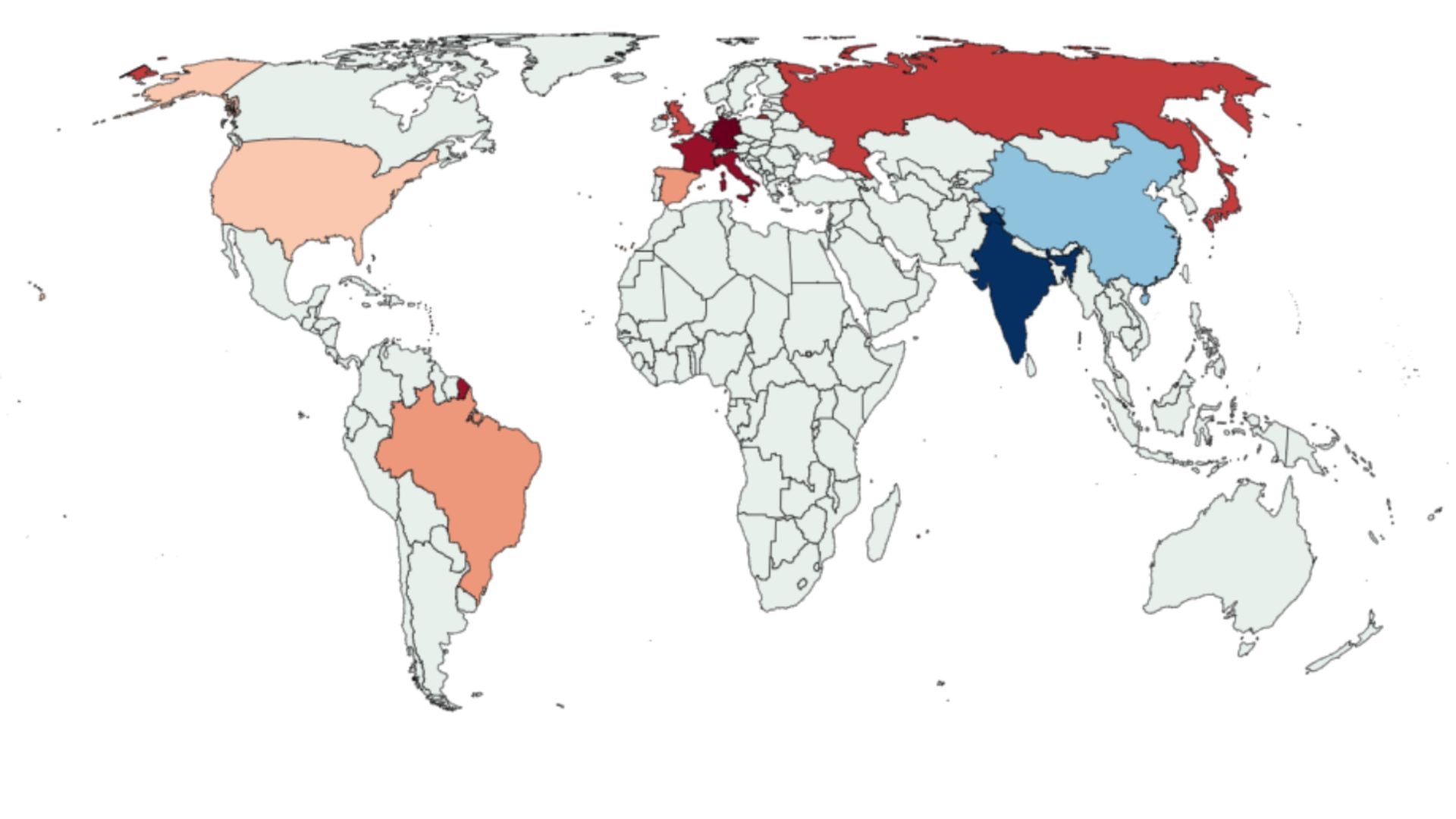The U.S. Dollar's First 100 Days: A Historical Comparison And Economic Forecast

Table of Contents
Historical Precedents: Examining the First 100 Days of Past Administrations
Analyzing past administrations' initial 100 days reveals valuable lessons about the interplay between policy decisions and USD performance. By comparing past economic climates and policy responses with the current situation, we can gain a more nuanced understanding of potential future trends.
The Reagan Era (1981):
Reaganomics, with its focus on tax cuts and deregulation, significantly impacted the U.S. dollar.
- Inflation rates at the start of Reagan's term: Double-digit inflation presented a major challenge.
- Interest rate changes and their timeline: The Federal Reserve implemented aggressive interest rate hikes to combat inflation, leading to a strong dollar initially.
- Impact on the value of the USD against major currencies: The USD strengthened considerably against many major currencies, particularly in the early years of the Reagan administration.
- Comparison of the economic climate to the current one: While inflation was a major concern then, as it is now, the global economic landscape differed significantly, with less interconnectedness and different geopolitical pressures.
The Clinton Era (1993):
The Clinton administration oversaw a period of economic expansion and relative stability.
- Economic conditions prior to Clinton's presidency: The economy was recovering from a recession, but unemployment remained a concern.
- Key economic policies implemented during the first 100 days: Focus on deficit reduction and investment in infrastructure played a role in boosting economic confidence.
- Short-term and long-term effects on the dollar's value: The USD experienced periods of both strength and weakness, influenced by factors including NAFTA and global market dynamics.
- Similarities and differences compared to today's situation: The current political climate and global economic uncertainty are significantly different, requiring a cautious approach to any direct comparison.
The Obama Era (2009):
The Obama administration inherited the 2008 financial crisis, a defining event impacting the USD.
- The state of the economy inherited by Obama: The economy was in a severe recession, with high unemployment and a collapsing housing market.
- Key economic stimulus packages and their impact on the dollar: Quantitative easing (QE) measures, aimed at injecting liquidity into the market, were implemented. While initially weakening the dollar, QE helped prevent a deeper economic collapse.
- Analysis of the USD's performance during this period of global uncertainty: The USD experienced significant volatility, influenced by global uncertainty and the crisis's impact on other currencies.
- Relevance of the 2008 crisis to current economic challenges: Understanding the 2008 crisis response offers insights into managing economic downturns but doesn't provide a direct parallel for today's challenges.
Key Factors Influencing the Current USD Forecast
Several key factors will shape the USD's trajectory in the coming months and years.
Fiscal Policy:
Government spending, taxation, and budget deficits significantly influence the USD.
- Specific fiscal policies enacted within the first 100 days: Analyzing recently implemented policies reveals their potential long-term effects on the economy and the dollar.
- Potential impact on inflation and interest rates: Increased government spending could fuel inflation, potentially leading to interest rate hikes by the Federal Reserve.
- Effect on investor confidence and foreign investment: Fiscal policies influence investor confidence, affecting capital flows and the USD's exchange rate.
Monetary Policy:
The Federal Reserve's actions regarding interest rates and quantitative easing are crucial.
- Current inflation rates and their trajectory: High inflation rates could prompt the Fed to raise interest rates, potentially strengthening the USD but potentially slowing economic growth.
- Predicted interest rate adjustments by the Federal Reserve: Analysts' predictions on future interest rate changes provide clues to the USD's future trajectory.
- Potential for further quantitative easing or tightening: Depending on the economic climate, the Fed may choose to implement further QE or tighten monetary policy, impacting the USD's value.
- Effect on the attractiveness of the USD as an investment: Interest rates play a significant role in the USD's appeal to international investors.
Geopolitical Factors:
Global events significantly impact currency markets.
- Ongoing geopolitical conflicts and their potential impact: International tensions and conflicts can cause volatility in the USD.
- Analysis of trade relationships and potential trade wars: Trade disputes and protectionist policies can affect the USD's exchange rate.
- Global economic outlook and its effect on the USD: A global recession could weaken the USD, whereas strong global growth could strengthen it.
Predicting the USD's Trajectory in the Coming Months
Short-term Outlook:
The short-term outlook for the USD depends on the interplay of the factors above. Volatility is likely, given the current economic uncertainty. A strong dollar is possible with aggressive interest rate hikes, but this could come at the cost of slower economic growth.
Long-term Outlook:
The long-term outlook is subject to considerable uncertainty. Sustained economic growth, coupled with effective management of inflation and a stable geopolitical landscape, could lead to a strong and stable USD. However, unforeseen global events and shifts in economic policy could alter this trajectory.
Conclusion:
This analysis of historical precedents and current economic indicators provides a framework for understanding the potential trajectory of the U.S. dollar in its first 100 days under the current administration. While precise prediction is impossible, understanding the interplay of fiscal policy, monetary policy, and geopolitical factors is crucial for navigating the complexities of the global financial landscape. By continuing to monitor key economic indicators and global events, you can better understand and manage your investments related to the U.S. dollar's performance. Stay informed about the U.S. dollar's performance and its crucial first 100 days, and continue to analyze the impact of economic policies on the value of the USD. Understanding the U.S. dollar's fluctuations is vital for making informed financial decisions.

Featured Posts
-
 Mets Rotation Battle Significant Change Gives Pitcher The Advantage
Apr 28, 2025
Mets Rotation Battle Significant Change Gives Pitcher The Advantage
Apr 28, 2025 -
 Cassidy Hutchinsons January 6th Testimony Memoir Details Revealed
Apr 28, 2025
Cassidy Hutchinsons January 6th Testimony Memoir Details Revealed
Apr 28, 2025 -
 Aaron Judges Family Grows A New Baby Arrives
Apr 28, 2025
Aaron Judges Family Grows A New Baby Arrives
Apr 28, 2025 -
 Starbucks Union Spurns Companys Guaranteed Raise
Apr 28, 2025
Starbucks Union Spurns Companys Guaranteed Raise
Apr 28, 2025 -
 Creditor Seeks Denise Richards Husbands Bank Records
Apr 28, 2025
Creditor Seeks Denise Richards Husbands Bank Records
Apr 28, 2025
